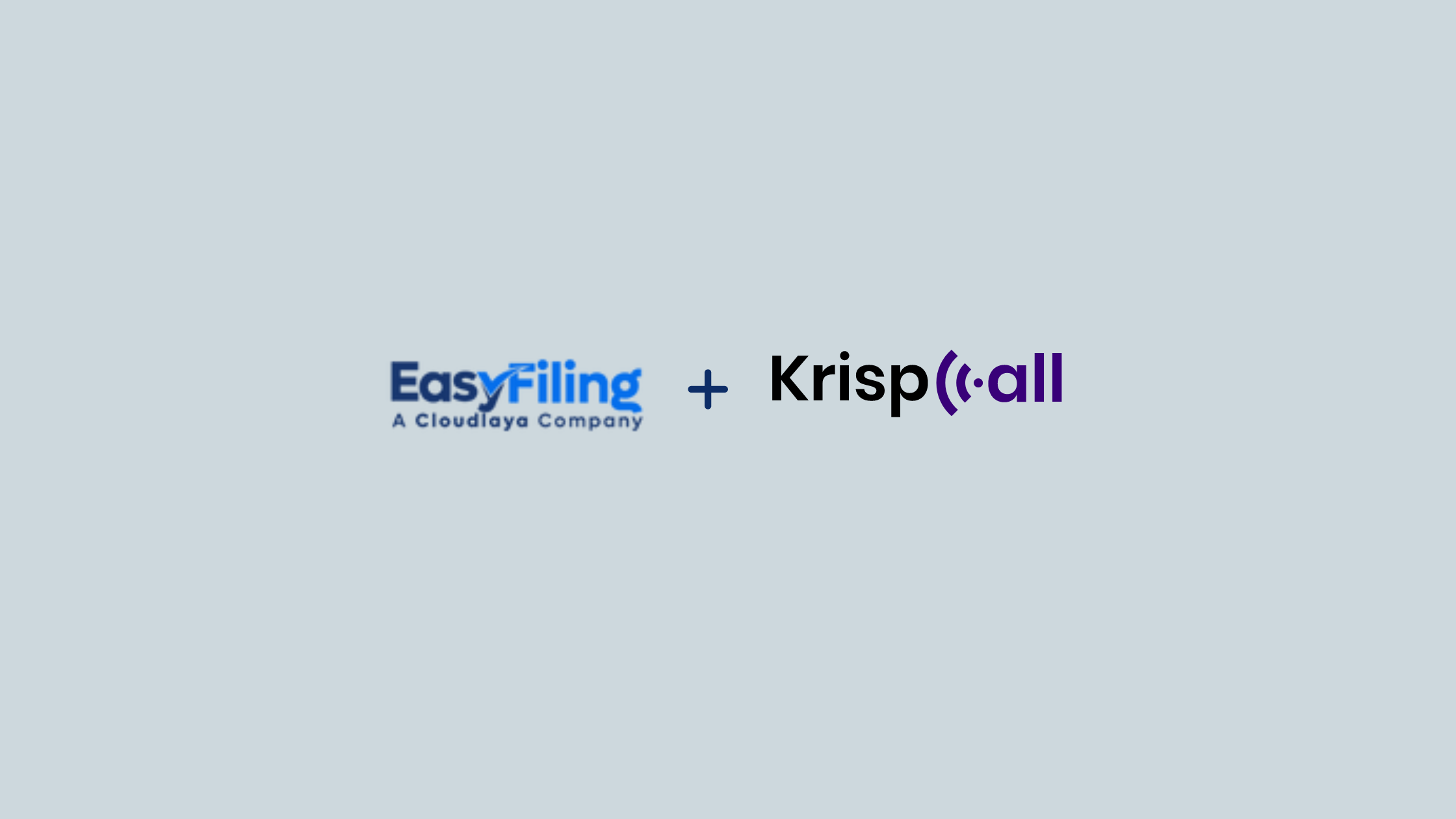A Schedule K-1 (Form 1065) is an important tax form that is relevant in partnership or partnership-style (multi-member LLC) concerns. This form is used for communication that relates to a partner’s or member’s proportionate distribution share of the income, deductions, credits, and other operations of the entity over the tax period.
Evangelists or traditional corporations where all profits get taxed at the corporate level on the other hand are different from LLCs which operate under partnership taxation structures in that they impose distributional taxation regimes. In simple words, the business loses or gains monetarily and this is counted as the income of its members who write it off on their taxes.
We will consider the relevance of the K-1 form in addressing the purpose for which it is needed, who requires it, the essential attributes it embodies, and its usefulness to the LLC members.
Purpose of the K-1 Form
The K-1 forms play various important roles in the taxation of the LLCs:
- Reporting Income and Losses: It allocates to each member of the LLC’s profits, losses, and some other items about taxation of the LLC on its members’ relatives.
- Compliance with Pass-Through Tax Rules: In those entities that have been taxed as partnerships, K-1 assists in reporting requirements where the income and deductions originate from individual members instead of the business organization.
- Tracking Tax Credits and Deductions: Members are entitled to certain tax credits or deductions depending on the information available in their K-1.
Since the LLC itself pays no federal income tax, the K-1 makes certain that members tax their respective shares or even deduct their losses on a share basis.
Who Needs a K-1 Form?
1. Members in Multi-Member LLCs:
By default, multi-member LLCs are classified as partnerships in tax considerations. The Members of the LLC are given a K-1 which indicates their rights to a portion of the business’ income, losses, and other taxable items. These shares are usually based on:
- Ownership Percentage: The division of profits or losses is based on each member’s stake.
- Terms of Operating Agreement: Alternative allocation methods may be adopted by the LLC if the operating agreement states so.
The members must report their respective shares from the K-1 in their tax returns stating the details contained in the K-1.
2. Single-Member LLCs
K-1 forms are unnecessary for single-member LLCs because, for tax purposes, they are considered a disregarded entity. The owner includes the LLC income and expenses on their tax return Schedule C (Profit or Loss from Business).
3. LLCs that have S Corporation Perks
There are times when the S-Corporation format fits the company better, and even LLCs should switch their tax category. As a partner, an LLC is required to submit K-1 forms and file under Form 1120S. The K-1s are used to report each shareholder’s allocation of income, deductions, and various other tax items, in the same fashion as partnerships do.
4. Non-Active Investors in Partnerships or LLC
In several instances, K-1 forms will also be issued to passive and limited partners who own shares but are not involved in the active management of the business.
Key Information Contained in a K-1 Form
For every member, the K-1 form shows a specific description of the financial items that comprise his or her interest in the company. Unlike balance sheets or other pages, this page has easy-to-grasp segments.
- Ordinary Business Income or Loss: The member’s proportion of profits or losses that arise from the business operations of the LLC’s core activities.
- For LLCs active in real estate: this subsection will present income or losses derived from the rent of the units.
- Guaranteed Payments: These are payments made to the member of the business for a service or return on capital other than for profit-share.
- Interest and Dividends: Income that the LLC receives as payment for the use of assets, for example, interest and dividends.
- Capital Gains and Losses: Shareholders or members’ respective proportions of the gains or losses made during the exchange of assets.
- Credits and Deductions: Descriptions of tax credits such as energy credits and foreign tax credits and deductions such as charitable contributions apportioned to the member.
- Partner or Member Information: A synopsis of the ownership percentages held by the member at the beginning of the year and the end of the year showing changes during the year in question.
Why Is the K-1 Form Important?
K-1 is crucial when it comes to compliance and also the accurate serving of taxes. There are a couple of reasons why this is the case:
1. Ensures Accurate Tax Filing
The K-1 form is used by members to declare their portion of income, losses, and taxation of any other tax-related matters of the LLC while filing their tax returns. Having any discrepancies can lead to IRS audits, owed penalties, or extended processing times.
2. Avoids Double Taxation
Limited liability companies (LLCs) circumvent this double tax requirement by “passing through” their profit to their investors. Such double taxation exists in traditional C corporations which have their earnings being taxed first at the company level and subsequently at the shareholder level upon distribution.
3. Handles Complex Allocations
If an LLC conducts many lines of business or has particular special allocation rules within its Operating Agreement, the various K-1s will show each member’s proportionate shares of tax liabilities.
4. Tracks Member Contributions and Withdrawals
The form also reflects the movements of a member’s capital account towards other additional contributions, withdrawals, or distributions that were received during the year.
When Are K-1 Forms Issued?
LLCs that are classified as partnerships are supposed to report to the IRS annually using Form 1065. In addition, they are required to create and issue K-1 forms to every member. The timeline for sending out K-1s contains the following:
- Filing Date for Form 1065: This filing date is 15th March of each year where the previous reporting period is a calendar year or 15 days after the last month that ended the LLC. Form 7004 can be used to file for an extension which can push the new filing date to 15th September.
- Deadline for Submission of K-1s: This is normally the same day as when Form 1065 was filed.
Members need K-1 forms to file their personal tax returns which are due by April 15 at the latest unless extended to October 15.
What Happens If You Don’t Receive a K-1?
For the individual members of a multi-member LLC, in the case where it is after the filing due date and no K-1 has been received, it is best practice to get in contact with the other members or tax preparer of the LLC. Not having K-1 and preparing taxes is likely to result in this:
- Incomplete Reporting: Not reporting some income or other tax items can bring about inquiries or penalties from the IRS.
- Inaccurate Tax Liability: You are likely to either pay more taxes or pay less than what is required if K-1 is not presented.
Common Challenges with K-1 Forms
Despite the usefulness of K-1 forms, they can be a thorn in the flesh:
- Complexity: Members can have difficulty understanding the information if the limited liability company has more than a single business activity or makes special allocations.
- Late Issuance: There are situations when the tax return of Members has been delayed by the LLC. When this occurs, K-1s are received late making it impossible to file on the set dates.
- State-Specific Reporting: Certain forms or filings, based on K-1 information, are called for in some states. Other Methods of Reporting: K-1s incur some complexities.
Conclusion
The K-1 form is important to members in multi-member LLCs and partnerships, ensuring that relevant income, losses, and other important tax items are reported. With an understanding of its function and content, members can adhere to tax rules, avoid penalties, and make correct reports when filing personal tax returns.
In case of uncertainties in filing taxes or in the interpretation of K-1 forms for tax purposes, seeking assistance from a tax specialist for K-1 forms is helpful.
Book a free consultation today with Easyfiling to file your K-1 form for your LLC.
File Your LLC Today
25$ off with a coupon
Lock in EasyFiling's transparent rates and get lifetime compliance support at no extra cost.
Get Started Now







